According to a 2019 survey by the Journal of the American College of Radiology (JACR), more than 77 percent of medical practices use teleradiology.
Teleradiology applies the principle of telemedicine — the distribution of healthcare services and information via telecommunications technology — to the discipline of radiology. Radiology encompasses various techniques for capturing images of the inside of the body, such as ultrasound, MRI scans, and X-rays to assist with diagnosis and treatment.
Teleradiology allows healthcare professionals to obtain a medical image in one location and transmit it to another location where it can be interpreted by a radiologist for diagnostic purposes. Any facility receiving the images will need a high-quality display screen that’s been approved for clinical use so that the radiologist can make an accurate diagnosis.
Benefits of teleradiology
Medical practices have used teleradiology for almost 20 years. It has become a very common service. This is because teleradiology is advantageous to clinics, radiologists, and patients alike. The benefits of teleradiology include
- Allowing radiologists to help patients across broader geographic regions than they could typically serve in person
- Always being able to access an expert, around the clock, if an urgent reading is needed after hours
- Having access to radiologists with a range of specialties (not every practice can afford onsite radiologists skilled in every imaging technique)
According to the JACR study, respondents recognized that teleradiology helps expand access by providing coverage in more geographic areas, after-hours coverage, and coverage in more subspecialties. Teleradiology also reduces turnaround times.
How is teleradiology delivered?
Teleradiology uses telephone, email, and electronic data. Due to the visual aspect of radiology, the two latter telecommunications tools are used most often, but phone consultations also play a part in the process.
Teleradiology can incorporate all kinds of electronic delivery methods, including cloud (web-based) storage of images and even specialty teleradiology software services. But practices and providers can use simple online forms for some requests and information sharing, such as
- Requests for access to a patient’s electronic health records
- Examination forms
- Medical consent forms
- Patient invoices
- Online bill paying
- Appointment booking
Jotform’s telemedicine forms can assist professionals with all of the above. These tools helps with the HIPAA features and follow data privacy protocols.
You can customize Jotform’s online forms and send them to colleagues, associates, and patients at the touch of a button, making them an excellent way to stay on top of your teleradiology requests and administration.
Who uses teleradiology services?
Almost 95 percent of large medical centers report having used teleradiology in the past decade. By comparison, almost 80 percent of small practices with fewer than 10 staff have engaged with it over the same time period.
When teleradiology rolled out 20 years ago, rural hospitals were the most frequent users. While rural communities continue to use these services, the wider medical community eventually recognized the value of teleradiology too. Teleradiology service users today include
- Hospitals of all sizes
- Mobile imaging companies
- Urgent care facilities
- Private practices
- ER teams in remote areas
- Doctors who want to collaborate on a diagnosis with doctors in other regions
As usage has grown, teleradiology has expanded to serve international clients and governmental overseas entities such as military bases. In addition, larger hospitals have increased their demand for subspecialty teleradiologists who are experts in particular areas of medicine or types of cancer.
Teleradiology has expanded exponentially, providing diagnostic services to an even broader range of patients.
Sending digital, high-quality images securely is a core function of teleradiology. But a range of other teleradiology communication tools such as emails, forms, and consultations by phone or video chat also play an integral role in diagnosing and treating patients. Being able to call on this wealth of expertise via teleradiology helps contribute toward better outcomes for patients and the overall success of medical practices.





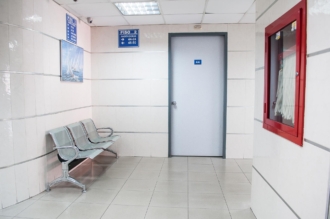




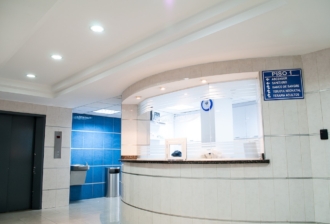

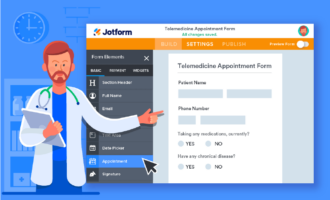




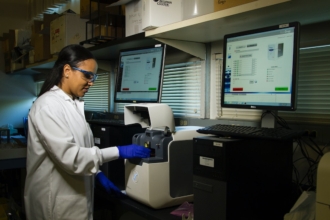




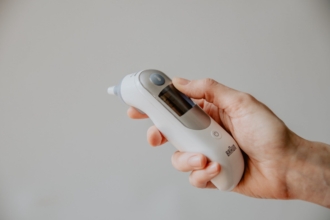
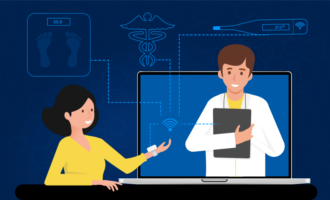
















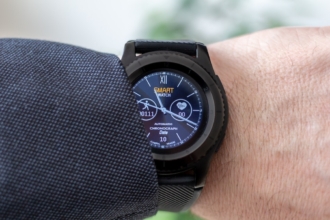




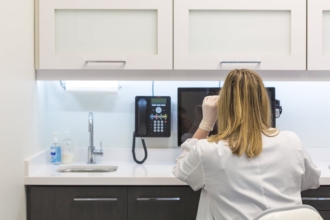


Send Comment: